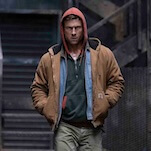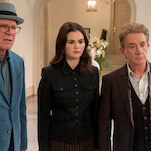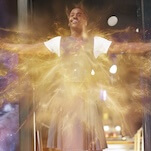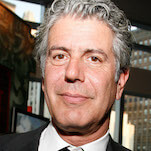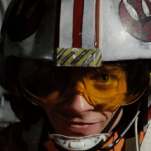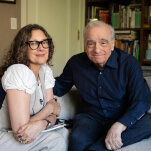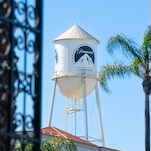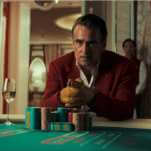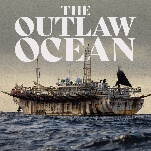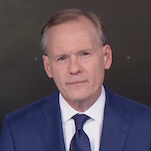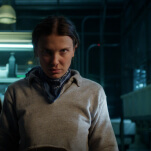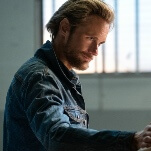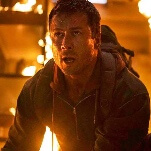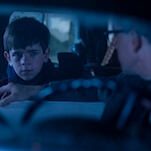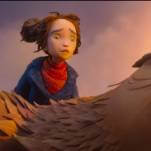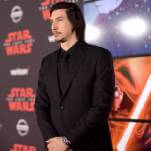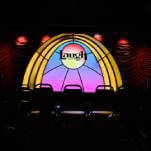: September 11, 2001: A Record Of Tragedy, Heroism, And Hope

Even assuming the creators were only motivated by pure journalistic zeal and artistic fervor, the recent deluge of Sept. 11 books can be a bit difficult to stomach. Converting a series of raw, sprawling, incomprehensibly agonizing calamities into neat, polished, coffee-table-worthy packages seems mildly distasteful at best, flat-out tasteless at worst. But three new art books on the attacks do make notable efforts to keep the human side of the tragedies in focus, both in front of and behind the camera. New York September 11 is a collection of pictures taken by members of the New York-based Magnum Photos collective. When the first plane hit the World Trade Center, Magnum photographers who were in town for a monthly meeting hit the streets, documenting the devastation around them. The book has relatively little text, and mostly addresses the feelings and experiences of the photographers themselves; the end result is a deeply individualistic book, somewhere between journalistic record and personal catharsis. New York opens with a remarkably appropriate excerpt from W.H. Auden's "September 1, 1939" (which would take on a number of doubtless unintended meanings if quoted in full). The photos are striking in their scope and scale, but in many cases strangely dehumanizing: Of the handful depicting individuals, rather than crowds or the stricken towers or the devastated streets, many don't focus on faces. Few identify their subjects as anything other than iconic representations of disorientation, fear, or grief. The people in the pictures are clearly less important than the people who are taking those pictures, and suffering in the process. And the book's ending, a gallery of picture-postcard images of the now-destroyed Twin Towers in happier times, is touching but similarly impersonal. Life magazine's One Nation: America Remembers September 11, 2001 swings sharply in the opposite direction on all counts. The text-heavy book strongly stresses the human factor, both in intimate portraits and in waves of prose that range from objectively journalistic to offensively grandiloquent. (Gordon Parks' poem, which begins, "America—a wounded eagle / shrieks revenge for a murderous attack," is a low point.) One Nation is helpfully packed with the sort of informative filler that dominated news reports immediately after the attacks, from computer-graphic maps of the affected area in New York to a minute-by-minute account of events, including where President Bush was at each phase. Still, the book's strength lies in its trivia: It centers on a host of heartwarming stories and character studies, of survivors and the missing alike. The Pentagon attack is given noticeably short shrift, but One Nation shoots for comprehensive coverage of the New York tragedy, and comes reasonably close both to covering the grand-scale historical events and to expressing the sheer number and variety of small-scale tragedies and triumphs that took place that day. September 11, 2001: A Record Of Tragedy, Heroism, And Hope, from the editors of New York magazine, splits the difference between the other two books, with a balance of text and pictures. Its many eye-catching double-page photos, with simply worded, paragraph-long inset captions, give it the feeling of a My First September 11 Storybook-style child's primer. Like New York September 11, its images are a bit urban-hellscape heavy, but its extensive use of quotes in its captions gives it a more personal, illustrative touch. The writers can't help editorializing slightly, though they display more objectivity than New York's diarists, and more restraint than One Nation's grandiose flag-wavers. In the end, each book has its standout images, its noteworthy flaws, and its separate narrative strengths. But the final award for class goes to New York September 11's Gilles Peress, who flatly states, "I don't trust words. I trust pictures," and lets his uncaptioned photographs speak for themselves. They do, far louder and clearer than any amount of impassioned rhetoric could.


